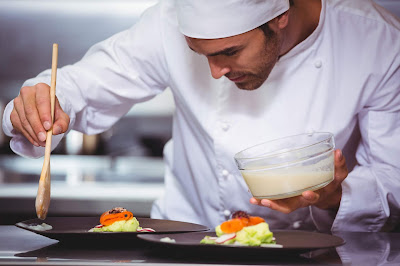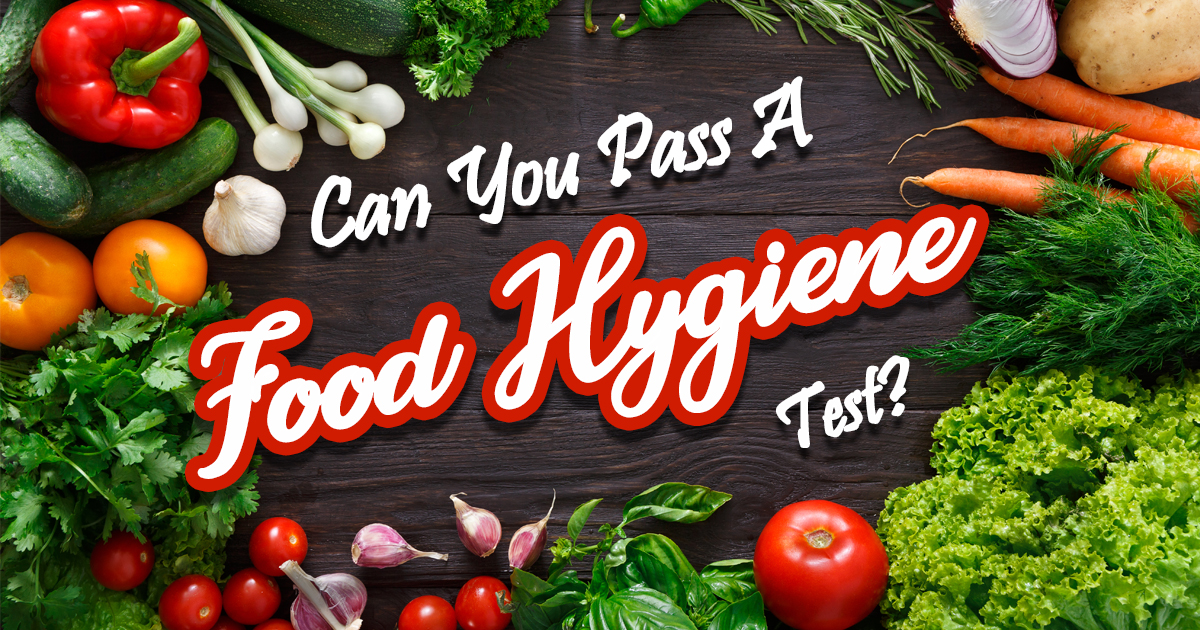
ENHANCED TRAINING SUPPORT PACKAGE (ETSP) and ENHANCED ABSENTEE PAYROLL As part of the Stabilisation and Support Package and supplementary Resilience Budget announced by DPM Heng Swee Keat, enterprises(SMEs and non-SMEs) in the tourism, air transport, retail, food, and beverage (F&B), point-to-point transport/private bus companies, and arts and culture sectors will be eligible for the Enhanced Training Support Package (ETSP), comprising enhanced AP funding rate at 90% of hourly basic salary, capped at $10 per hour and enhanced Course Fee support at up to 90% of course fees. This is to support these enterprises who send their workers for selected sector-specific training programmes by SSG-appointed training partners. AP funding is not applicable to tourist guides, who are self-employed persons. From 1 May 2020, the enhanced absentee payroll rates will be further extended to cover all sectors. This will apply to all courses that are eligible for absentee payroll funding today, e.g. s





